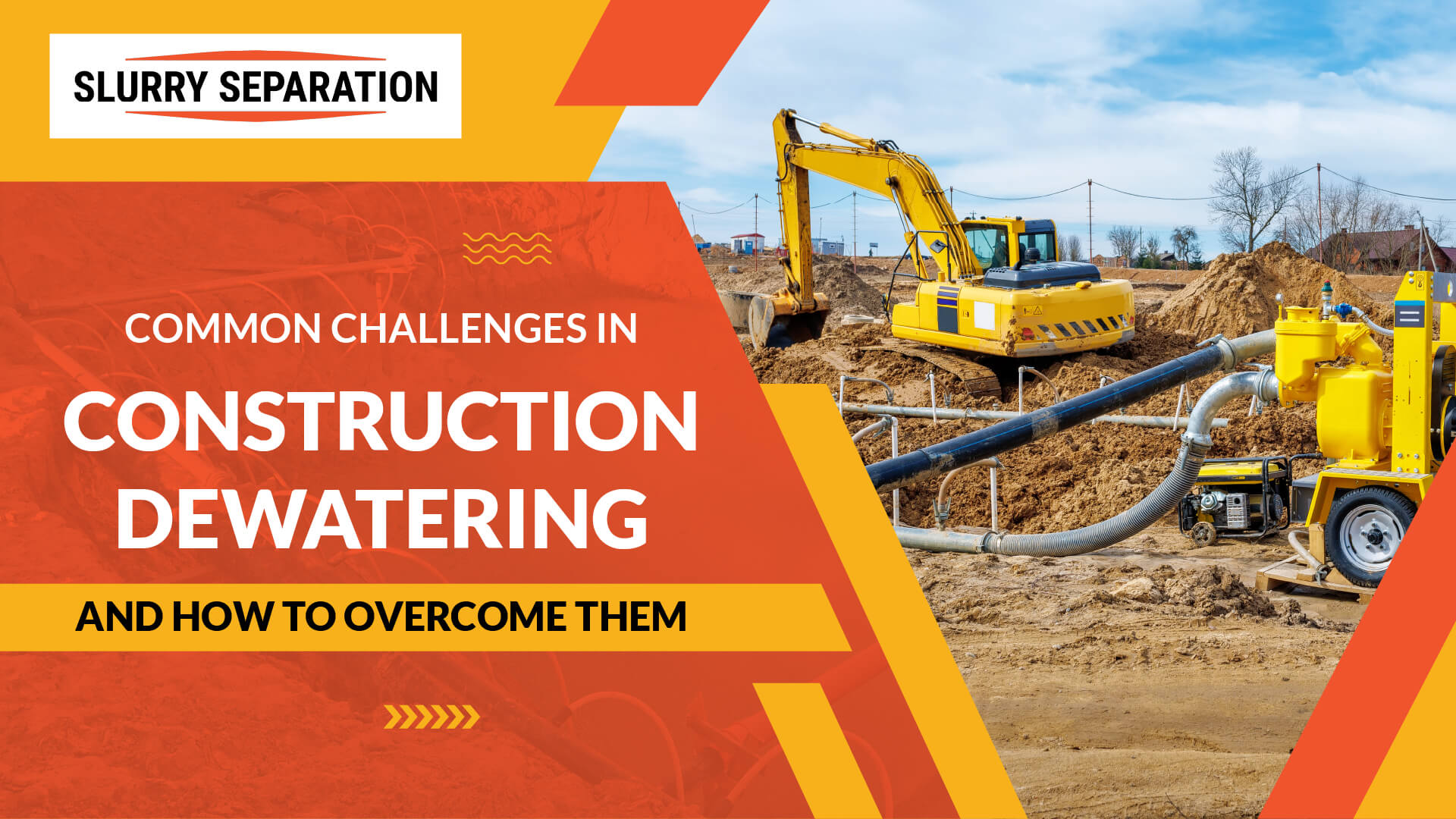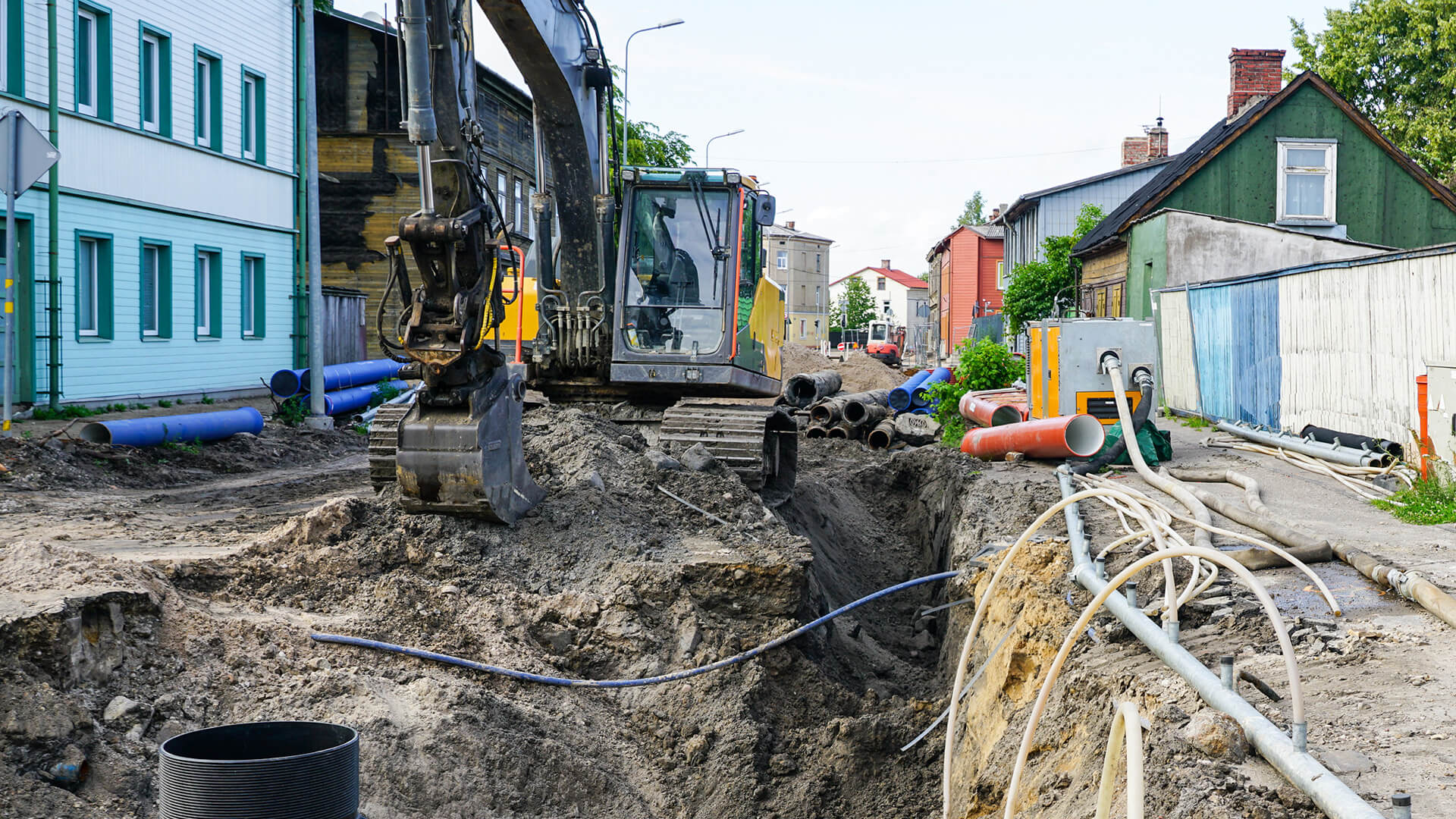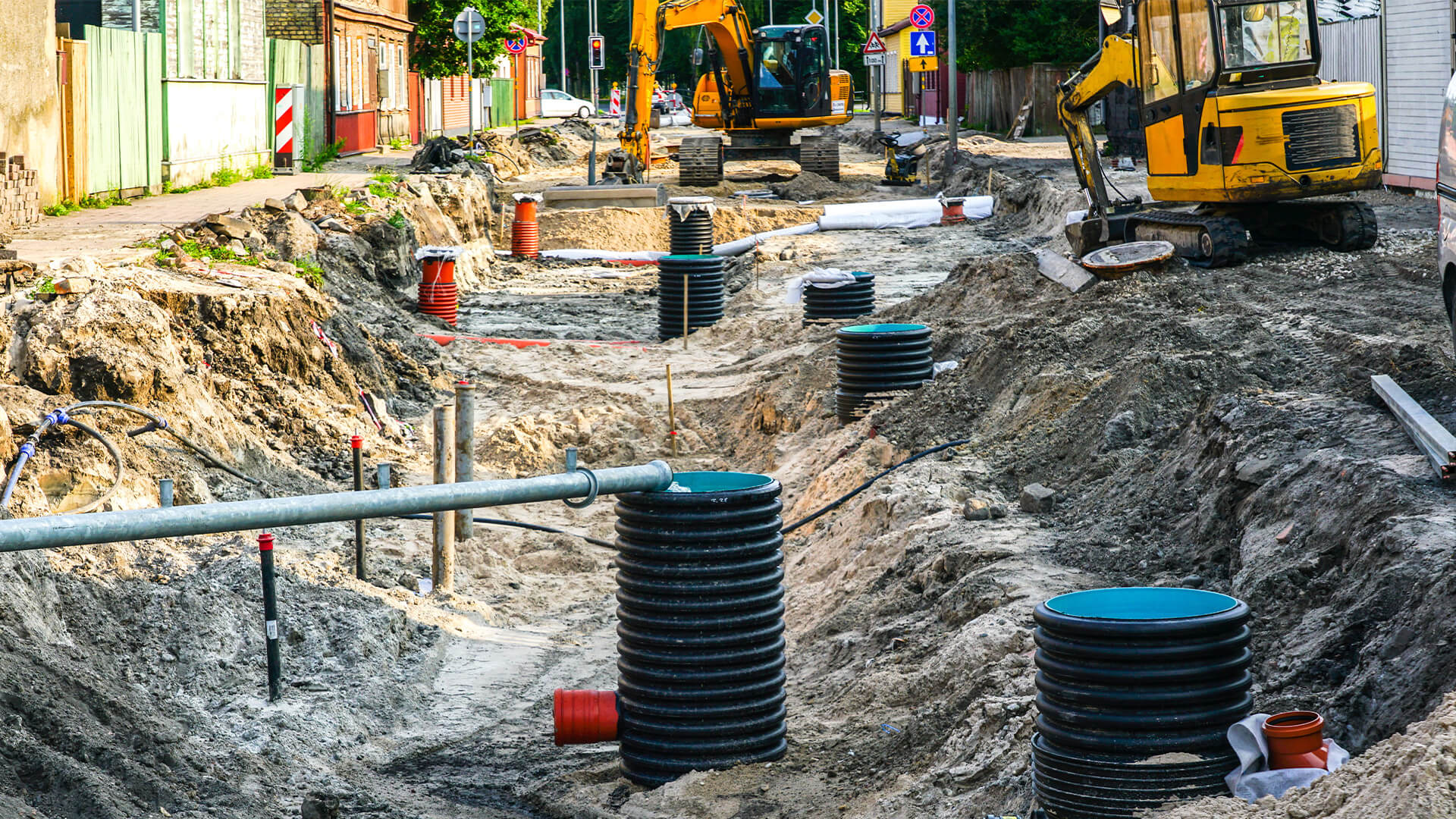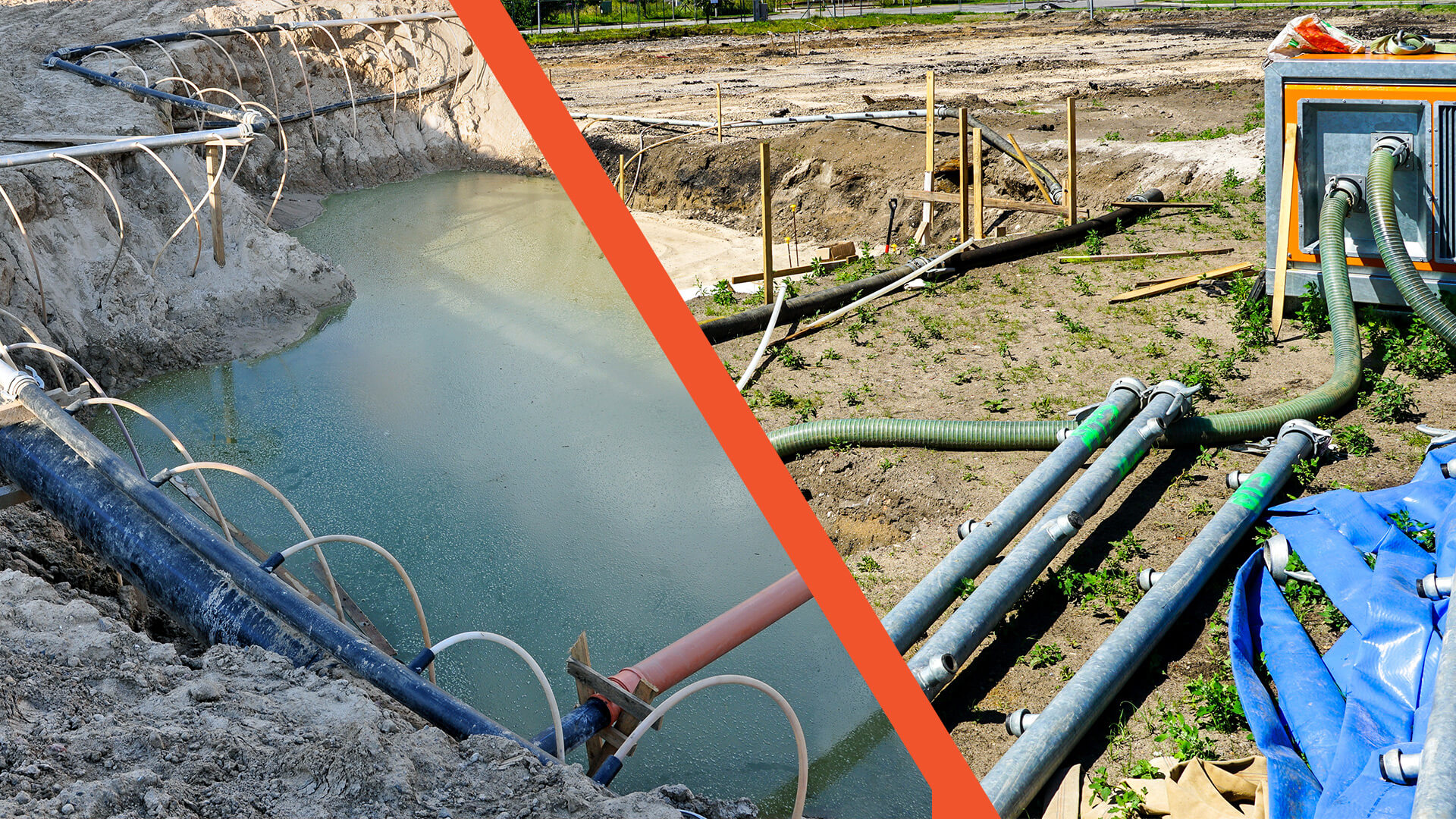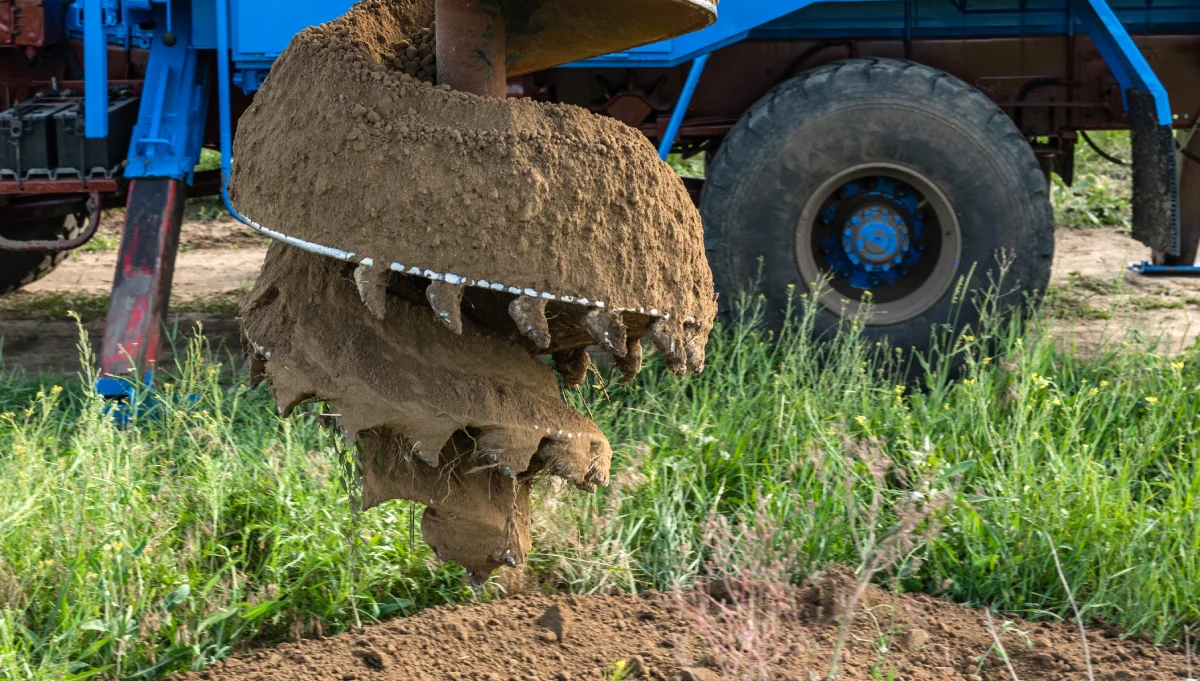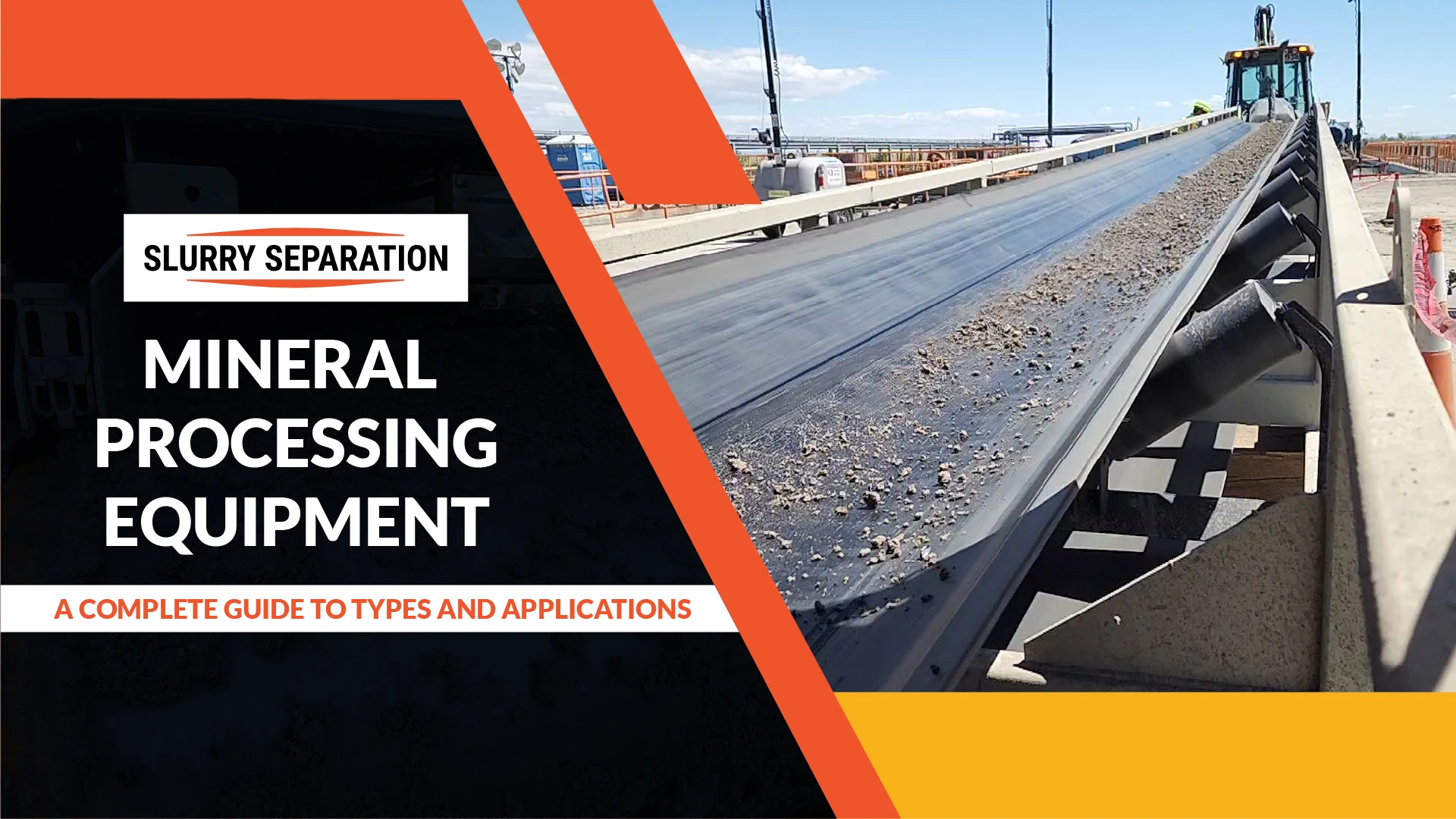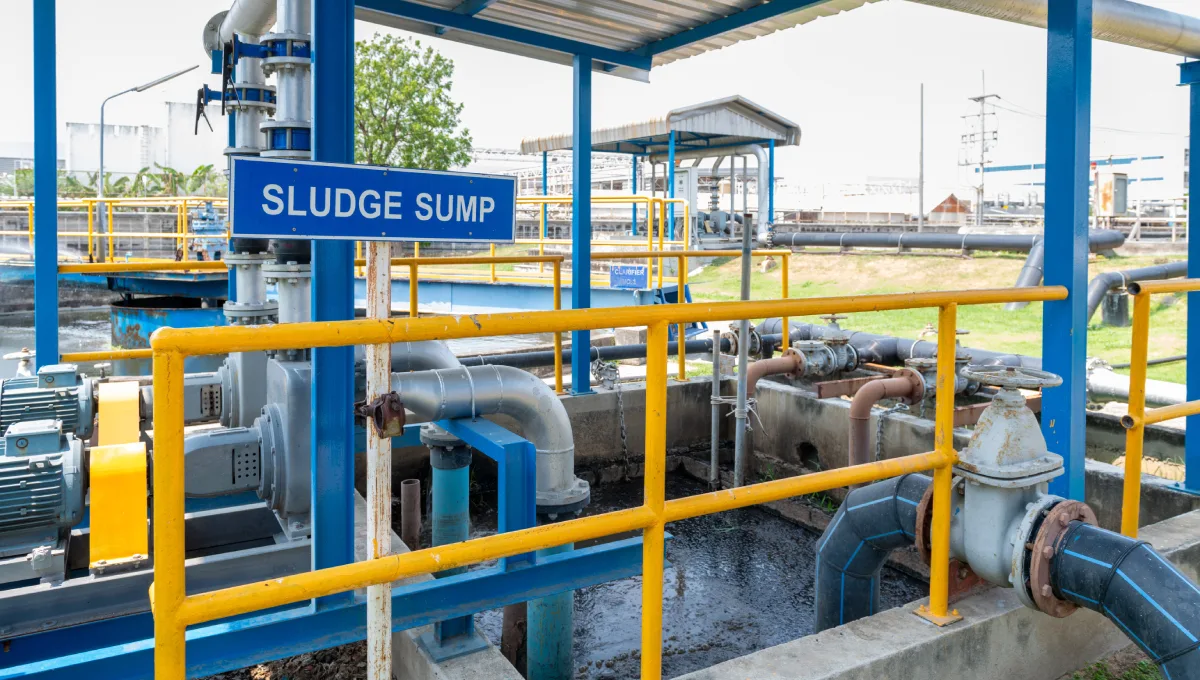Introduction
Construction dewatering is a crucial process that involves removing water from construction sites to create dry, stable conditions for work to progress efficiently. Dewatering for construction is essential because water accumulation, whether due to groundwater, surface water, or a combination of both, can cause significant delays, increase project costs, and compromise the integrity of the construction site. Effective dewatering for construction ensures that the site remains safe and operational throughout the project.
The importance of construction dewatering cannot be overstated—it is fundamental for preventing flooding, maintaining soil stability, and allowing construction activities to proceed smoothly. However, dewatering for construction comes with its own set of challenges, from fluctuating water tables and varying soil types to equipment failure and environmental concerns. Understanding these common challenges and knowing how to overcome them is essential for ensuring successful dewatering operations.
Understanding the Need for Effective Dewatering
Construction dewatering is vital for controlling water levels at construction sites, and failure to do so can lead to a host of issues. Poor dewatering practices can cause soil instability, leading to foundation problems, or even result in site flooding, which halts work altogether. In addition to delaying the project, water accumulation can result in costly repairs and damage to equipment.
To mitigate these risks, contractors employ various dewatering methods, such as sump pumping, wellpoint systems, and dewatering pumps. Each technique is designed to control water levels and provide stable working conditions, allowing construction crews to complete their work on time and within budget. Dewatering applications must be carefully planned to ensure efficiency and reliability.
Common Challenges in Construction Dewatering
High Water Table
A high water table poses a significant challenge in construction dewatering. This occurs when groundwater levels are near the surface, exerting increased water pressure and reducing soil stability. High water tables can delay projects as contractors struggle to maintain a dry site.
Challenges: Increased water pressure makes it difficult to keep water out of the excavation area, which can destabilize foundations and create hazardous conditions.
Solutions: Deep well systems, which use multiple pumps to lower the water table, and high-capacity dewatering pumps are commonly used to manage high water tables in dewatering for construction.
Varying Soil Types
The type of soil at a construction site plays a major role in dewatering efficiency. Different soil types, such as clay, sand, or gravel, retain and drain water at varying rates. Clay, for example, holds water more effectively, making dewatering more challenging, whereas gravel allows water to flow more freely.
Challenges: Slow drainage in certain soils can reduce equipment efficiency and extend project timelines.
Solutions: Conduct soil testing before beginning a project to determine the best dewatering approach. Wellpoint systems, which are ideal for sandy or silty soils, may be used, along with a careful selection of pumps tailored to handle specific soil types in different dewatering applications.
Equipment Failure and Downtime
Equipment breakdowns during construction dewatering operations can be highly disruptive, often leading to project delays and increased costs. Pumps may clog with debris, experience mechanical failure, or operate inefficiently due to poor maintenance.
Challenges: Downtime from equipment failure leads to costly delays and hinders project progress.
Solutions: Regular maintenance is critical to keeping pumps in optimal condition. Backup equipment on-site in case of emergency is also important. Proper filtration systems can prevent clogging and ensure continuous operation, minimizing disruptions in dewatering applications.
Environmental Concerns
Dewatering often involves handling water that may contain sediments, pollutants, or other contaminants, leading to environmental concerns such as erosion, sedimentation, and water contamination. Projects must comply with local and international environmental regulations regarding water discharge.
Challenges: Managing environmental risks while adhering to regulations can increase the complexity of dewatering operations.
Solutions: To minimize the environmental impact of construction dewatering, sedimentation tanks, filtration systems, and water treatment solutions should be used. Eco-friendly practices, such as reusing water where possible, can also help meet environmental goals.
Managing Unexpected Groundwater Inflows
Despite meticulous planning, unexpected inflows of groundwater can occur, leading to flooding or rapid equipment wear. Natural phenomena like heavy rains or seasonal changes can trigger these inflows.
Challenges: Sudden increases in water levels can disrupt the project and cause equipment to malfunction.
Solutions: Implement emergency plans that include backup pumps and improved site drainage systems to handle unexpected inflows efficiently and avoid damage to essential dewatering equipment.
Seasonal Variations
Seasonal changes, such as rainy seasons or winter frost, can significantly affect water levels and dewatering efforts. During the rainy season, water accumulation may intensify, while frost may harden the ground and slow water movement.
Challenges: Site flooding or soil instability due to seasonal variations can result in delays.
Solutions: Adjust dewatering strategies based on seasonal weather forecasts. Use temporary barriers or additional drainage systems to manage excessive water during wet seasons and maintain effective construction dewatering practices year-round.
Budget Constraints
Budgeting for dewatering operations can be challenging, especially in large-scale construction projects. Contractors must balance the need for effective dewatering with cost considerations.
Challenges: Cutting corners on equipment or workforce to save costs can compromise the effectiveness of dewatering and lead to expensive problems later on.
Solutions: Plan and allocate sufficient resources to dewatering. Investing in high-quality, reliable equipment and optimizing pump efficiency can help avoid long-term financial setbacks while ensuring successful dewatering for construction.
Best Practices to Overcome Dewatering Challenges
Site Assessment and Planning
Thorough site investigations, including soil testing and groundwater monitoring, are essential for effective construction dewatering. Geotechnical reports help contractors understand groundwater conditions and plan dewatering systems accordingly.
Choosing the Right Dewatering Method
Selecting the most appropriate dewatering method is crucial for project success. Consider factors such as soil type, water table levels, and project duration when choosing between techniques like sump pumping, wellpoints, or deep wells, ensuring that the selected method is suitable for the specific dewatering applications required.
Regular Maintenance and Monitoring
Routine equipment maintenance ensures pumps remain in top condition, minimizing the risk of breakdowns. Incorporating real-time monitoring systems can also detect early signs of failure, allowing for quick intervention in dewatering applications.
Environmental Protection and Compliance
Using eco-friendly construction dewatering techniques and ensuring compliance with water discharge regulations is not only environmentally responsible but also prevents legal complications. Proper sediment management and water treatment systems can minimize negative environmental impacts.
Innovations in Construction Dewatering
Advanced Dewatering Pumps
New technologies in high-efficiency pumps, such as variable frequency drive (VFD)-controlled pumps, allow for better control over water levels while reducing energy consumption, making them ideal for modern dewatering applications.
Remote Monitoring and Control Systems
Automation and remote control systems enhance dewatering accuracy, reduce labor costs, and provide real-time data to manage water levels effectively in construction dewatering projects.
Eco-Friendly Dewatering Solutions
Sustainable dewatering methods, including water recycling and the use of solar-powered pumps, are gaining traction in the construction industry. These methods reduce environmental impact and operational costs for a wide range of dewatering applications.
Conclusion
Construction dewatering is a critical process that comes with numerous challenges, from high water tables and varying soil types to equipment failures and environmental concerns. However, with careful planning, the right equipment, and the adoption of innovative solutions, these challenges can be effectively managed. Proper dewatering for construction ensures stable work conditions, minimizes project delays, and contributes to overall project success, while eco-friendly dewatering for construction applications further enhances environmental sustainability.

